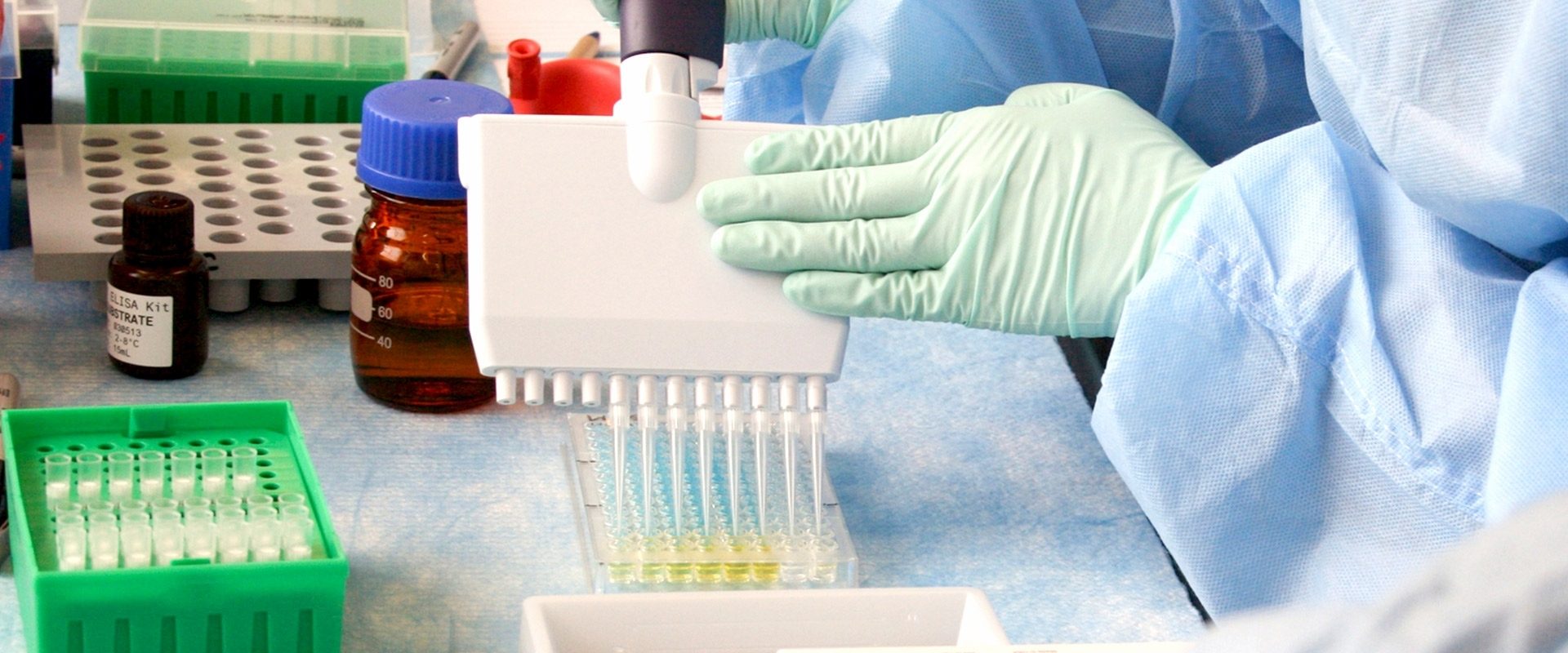
A student shall be able to:
1. Describe the importance of case taking and record keeping.
2. Interview and document the case (both acute and chronic) according to Hahnemannian concept.
3. Explain the views of various authors in case taking like Kent, Roberts, Boenninghausen and Boger.
4. Discuss the difficulties in case taking, as in one sided diseases, paediatric etc.
5. Develop the totality of symptoms and reportorial totality.
6. State the definition, purpose, and various terminologies used in the repertory.
7. Justify that the repertorisation is not the end but means to arrive at simillimum together with Materia Medica based on sound principles of philosophy.
8. Describe the philosophy, construction, adaptability and limitations of Kent, Boger and Boenninghausen’s Repertories.
I
(a) Homoeopathy has a distinct approach to the concept of disease
(b)It recognizes an ailing individual by studying him as a whole rather than in terms of sick parts and emphasizes the study of the man, his state of health, state of illness.
II
The study of the above concept of individualization is essential with the following background so that the striking features which are characteristic to the individual become clear, in contrast to the common picture of the respective disease conditions, namely:-
(1) correlations of the disease condition with basics of anatomy, physiology and biochemistry and pathology.
(2) knowledge of causation, manifestations, diagnosis(including differential diagnosis), prognosis and management of disease.
(3) application of knowledge of organon of medicine and homoeopathic philosophy in dealing with the disease conditions.
(4) comprehension of applied part.
(5) sound clinical training at bedside to be able to apply the knowledge and clinical skill accurately.
(6) adequate knowledge to ensure that rational investigations are utilized
III
(a) The emphasis shall be on study of man in respect of health, disposition, diathesis, diseases, taking all predisposing and precipitating factors, i.e. fundamental cause, maintaining cause and exciting cause;
(b) Hahnemann’s theory of chronic miasms provides us an evolutionary understanding of the chronic disease: psora, sycosis, syphilis and acute manifestations of chronic diseases and evolution of thenatural disease shall be comprehended in the light of theory of chronic miasms
IV
(a) The teaching shall include homoeopathic therapeutics or management in respect of all topics and clinical methods of examination of patient as a whole will be given due stress during the training;
(b) A thorough study of the above areas will enable a homoeopathic physician to comprehend the practical aspects of medicine;
(c) He shall be trained as a sound clinician with adequate ability of differentiation, sharp observation and conceptual clarity about disease by taking help of all latest diagnostic techniques, viz. X-ray, ultrasound, electrocardiogram, and commonly performed laboratory investigations;
(d) Rational assessment of prognosis and general management of different diseases conditions are also to be focused.
V.
Study of subject – The study of the subject will be done in two years in Third B.H.M.S and Fourth B. H.M. S, but examination shall be conducted at the end of Fourth B.H.M.S
At the end of the course of studies in practice of medicine the student shall be able to:
A student shall be able to:
1. Explain the definition, pre and post-repertorization requisites.
2. Compare the Basic Repertories like Kent, Boger and Boenninghausen’s Repertories.
3. Describe the scope of Clinical and regional repertories and their utility in clinical practice.
4. Apply modern methods of repertorisation including use of computer.
All Rights Reserved. Copyright © Protected 2023. S.S.H.M.H. Powered by Dotdev Technology